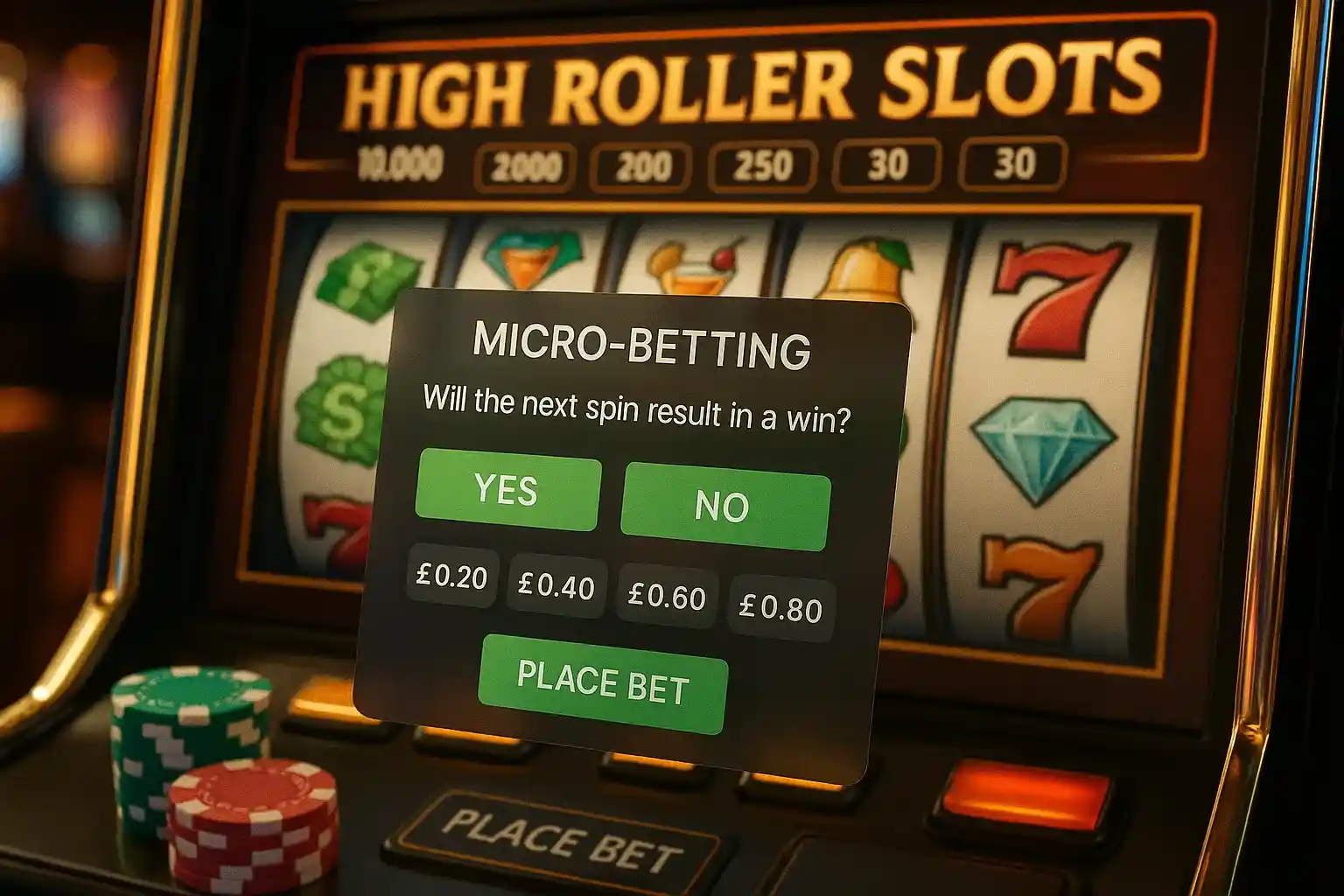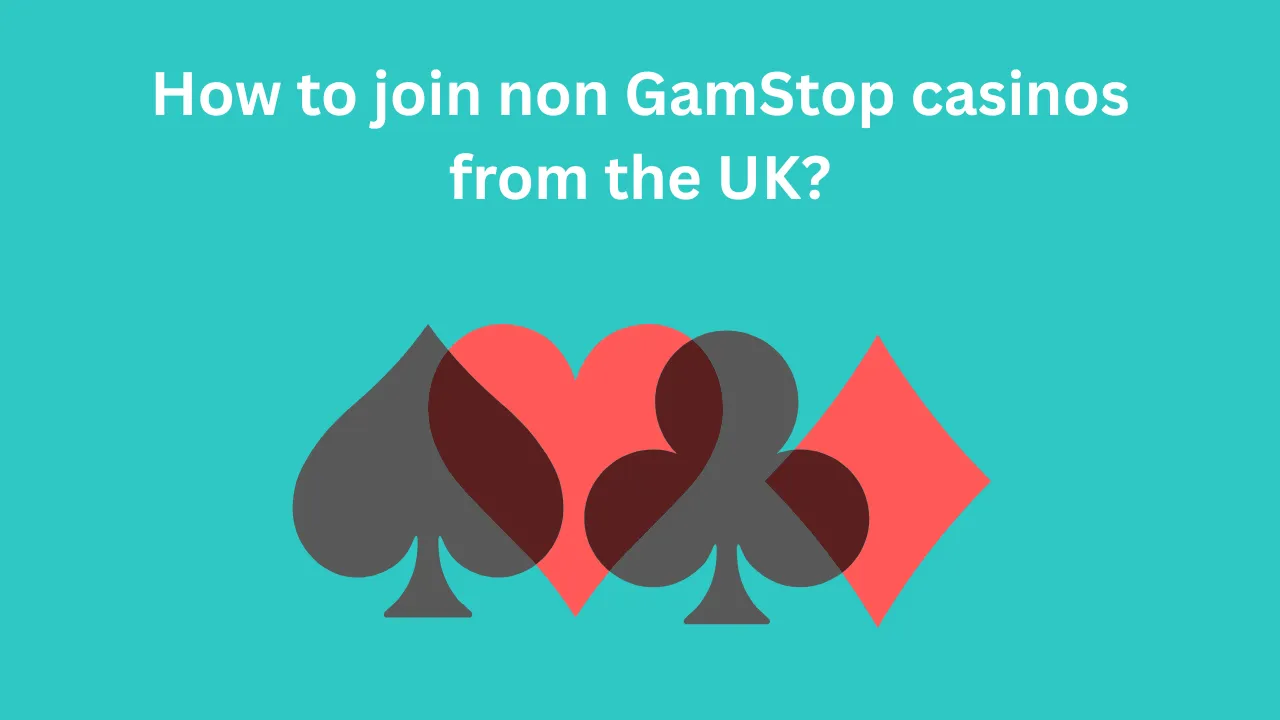In recent years, I’ve watched the online casino landscape evolve at a dizzying pace. From the early days of fixed‑stake spins to today’s dynamic, player‑driven environments, innovation never stops. The latest buzzword sweeping through gaming circles is micro‑betting—placing tiny side wagers on specific outcomes in slot spins. It’s a concept borrowed from sports betting, adapted for high‑roller slots to inject more action between spins. But as someone who’s wagered serious stakes across major casinos, I’m left wondering: could micro‑betting truly reshape the high‑roller experience, or is it simply a novelty? Let’s dive into what micro‑betting entails, why it appeals to big‑budget players, and how it might redefine the economics of luxury slots.
Defining Micro‑Betting in the Slot World
Micro‑betting in slots allows players to place small, real‑time wagers—often just cents—on aspects like whether the next spin will trigger a bonus feature, land a wild combo, or even hit within a certain payline. Unlike traditional side‑bets that cover broad outcomes, micro‑bets break the action into granular moments, creating a continuous flow of excitement. Imagine you’re spinning a progressive wheel for big jackpots, but between each spin you can stake a few pennies on a bonus symbol appearing next time. That interstitial thrill keeps the adrenaline pumping and offers a fresh risk‑reward balance.
Early Implementations and Industry Response
When I first encountered a beta micro‑betting platform at an industry expo, I was skeptical. The interface flashed odds for every potential event on the reels, accompanied by live updating statistics and heat‑maps. Developers touted this as a way to engage high rollers during downtime, but I questioned if seasoned bettors would embrace what felt like overhead for every spin. In trials, micro‑bets generated significant side‑bet volume, boosting operator revenue. Yet player feedback was mixed: some praised the added control, while others missed the streamlined simplicity of classic big‑bet sessions.
Why High Rollers Might Embrace Micro‑Bets
The world of high stakes operates on razor‑thin margins and psychology as much as math. High rollers seek both thrill and exclusivity, and micro‑betting promises a granular control never seen in slots. For the truly elite, making a three‑figure wager every few seconds can become monotonous. Instead, micro‑bets let them spread risk across dozens of mini‑outcomes, smoothing variance while still hunting for life‑changing jackpots.
In fact, some luxury venues—and certain non GamStop casinos catering to an international clientele—have begun experimenting with micro‑betting lounges. These private rooms offer bespoke odds tables and dedicated hosts to guide players through complex bet types, from predicting free‑spin triggers to wagering on reel alignment patterns. For high rollers, it’s both a social spectacle and a nuanced game within a game.
Technical Challenges and Infrastructure Needs
Introducing micro‑betting to high‑roller slots isn’t just a software tweak; it demands robust infrastructure. Real‑time data feeds must update odds instantly, while compliance teams ensure each micro‑bet’s house edge and volatility align with licensing regulations. In my conversations with platform engineers, latency emerged as a key issue. Even a half‑second delay between server and client can skew odds presentation and erode player trust.
Beyond technical hurdles, casinos must reimagine their user interface. A luxury slot machine once defined by its physical reels and polished cabinet now needs a touch‑screen overlay or companion app to display side‑bet options. Operators are balancing this modernization with the classic ambiance high rollers expect in VIP salons. Some have introduced sleek tablets at the table, while others integrate discreet LED panels alongside traditional buttons.
Economic Impact on Casino Revenue
From the operator’s perspective, micro‑betting offers a lucrative new revenue stream. Traditional slots generate income through RTP settings and bet sizes. Micro‑bets, by contrast, can be adjusted dynamically to maintain profitability even during low‑variance stretches. In closed‑door pilot trials I observed, side‑bet turnover equaled or exceeded base‑game stakes within a single session, effectively doubling handle per minute.
However, regulators and audit bodies are keeping a close eye. Micro‑betting’s split into numerous tiny wagers complicates reporting and oversight. Casinos introducing this feature must demonstrate transparency in odds calculation and adhere to strict RNG testing protocols. Licensed jurisdictions will likely demand comprehensive logs for each micro‑bet, which adds to operational costs.
Responsible Gaming and Player Protection
Every innovation carries potential pitfalls. Micro‑betting intensifies the pace of play, increasing the risk of impulsive wagering and diminished session awareness. In my own high‑stakes sessions, I’ve lost track of time when engrossed in fast spins. Amplify that with side‑bets every few seconds, and the risk of chasing losses or exceeding personal limits grows.
To address this, responsible gaming features must adapt. Pre‑commitment tools, mandatory bet limits, and real‑time spending alerts should apply to both base and micro bets. Some operators are exploring “micro‑cooldown” options, automatically pausing side‑bets after a streak of losses or hits. These mechanisms can offer players a moment to regroup, preserving the premium experience without sacrificing safety.
Looking Ahead: The Future of High‑Roller Slots
As micro‑betting matures, I foresee several pathways for its integration. We might see hybrid tables where high rollers can pivot between pure base‑game spins and micro‑bet spectacles, guided by AI‑driven recommendations tailored to their play style. Live dealer slots could adopt micro‑betting for real‑time outcomes on each spin or card dealt, blending human interaction with granular wagering.
Furthermore, cross‑platform compatibility will be crucial. In an era where players jump between land‑based VIP rooms, desktop lounges, and mobile apps, the micro‑betting experience must feel seamless. Blockchain and provably fair technologies could also play a role, offering transparent micro‑bet algorithms that players can audit independently.
Key Considerations for Operators
From my discussions with industry veterans, successful adoption hinges on three pillars: clarity, control, and compliance. Clear odds presentation ensures players trust what they see. Adjustable controls let high rollers tailor micro‑bet frequency and size. And rigorous compliance frameworks guarantee regulatory acceptance across diverse markets.
In essence, micro‑betting isn’t merely a feature add‑on; it’s a paradigm shift. Implemented thoughtfully, it can enrich the luxury slot ecosystem, offering both players and operators new dimensions of engagement and profitability.
Final Reflections
Could micro‑betting change the future of high‑roller slots? Absolutely—if the industry navigates technical, economic, and ethical challenges with care. As a player who’s seen the evolution from one‑armed bandits to virtual reality lounges, I’m excited by micro‑betting’s potential to add a layer of strategic nuance to big‑ticket gaming. Yet I also recognize the responsibility it brings: ensuring that greater thrill doesn’t lead to greater harm. With balanced implementation and a steadfast focus on player welfare, micro‑bets may well become the next hallmark of the high‑roller experience—where every spin is not just a gamble, but a choice among countless possibilities.











